

The glow of twinkling lights, the scent of pine and gingerbread, and the warmth of shared laughter—these are the hallmarks of the holiday season. Yet, for many, the true spirit of Christmas isn’t fully ignited until a familiar opening score begins and beloved characters grace the screen. Christmas movies are more than just entertainment; they are an integral part of our festive rituals, binding generations together through shared stories of hope, joy, and transformation. They offer a comforting predictability in a chaotic world, a yearly return to narratives that affirm the best of humanity, even amidst trials. This curated selection delves into the essential Christmas movies that have woven themselves into the fabric of holiday traditions, exploring their enduring appeal and why they remain indispensable to festive viewing.
These films transcend mere genre; they are cultural touchstones, each offering a unique lens through which to experience the multifaceted spirit of Christmas. From the heartwarming tales of redemption to the laugh-out-loud comedies and the fantastical animated journeys, they collectively form a cinematic advent calendar, eagerly anticipated year after year. Understanding their enduring power means appreciating their emotional depth, their memorable characters, and their capacity to evoke a sense of wonder and nostalgia unlike any other form of media.
The Timeless Classics: Black & White Brilliance
The foundations of Christmas cinema are firmly rooted in a bygone era, where black and white cinematography captured the essence of holiday magic with remarkable depth. These early films, often characterized by their earnest performances and poignant messages, set the standard for what a Christmas movie could be, emphasizing themes of generosity, community, and the true meaning of the season. Their legacy is undeniable, offering a powerful reminder of cinematic storytelling at its most pure.
It’s a Wonderful Life (1946)
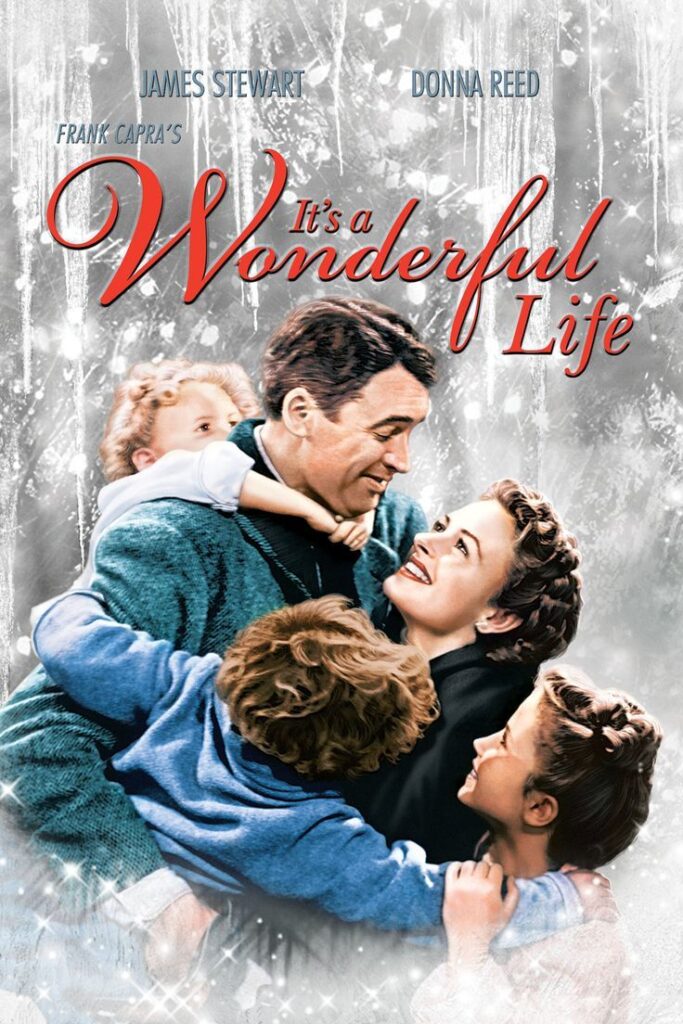
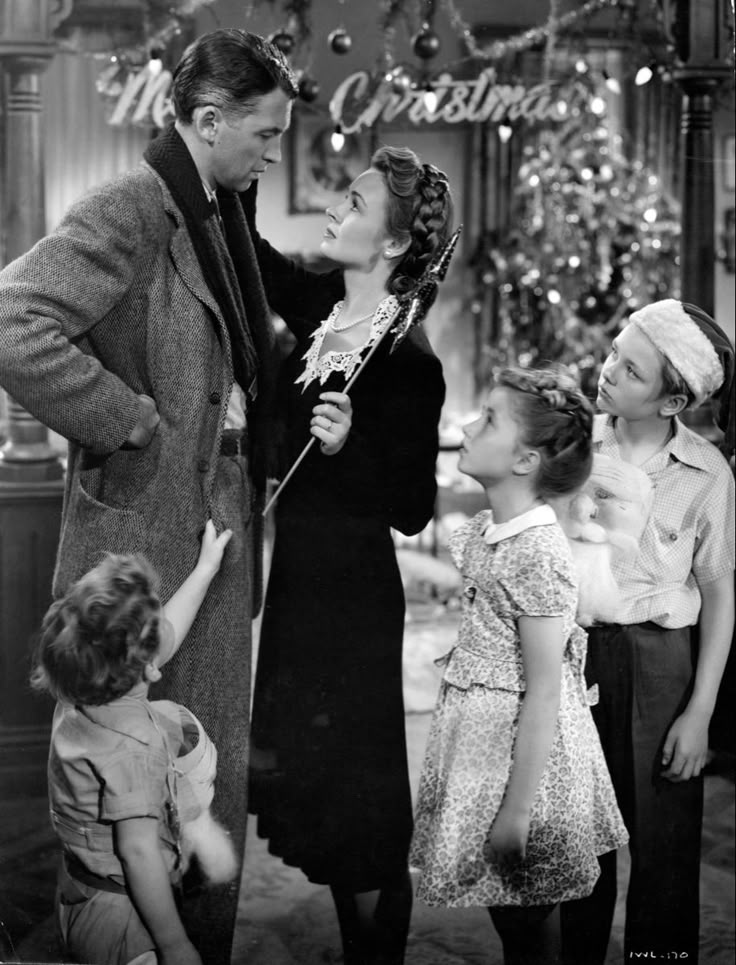
Frank Capra’s It’s a Wonderful Life stands as the quintessential Christmas film, a story so deeply embedded in global consciousness that its title alone evokes profound sentiment. Starring James Stewart as George Bailey, a man on the brink of despair who is shown the profound impact he has had on his community, the film is a masterclass in emotional storytelling. Its initial box office performance was modest, even leading to it falling into the public domain in the 1970s, which paradoxically led to its ubiquitous television broadcasting and cemented its status as an annual holiday staple.
The film’s message—that every life touches countless others, and no man is a failure who has friends—resonates with universal truth. It tackles darker themes of financial struggle and suicidal ideation, making its ultimate message of hope and redemption all the more powerful. The iconic scene where Clarence the angel leaves a copy of The Adventures of Tom Sawyer with an inscription, “Dear George: Remember no man is a failure who has friends,” remains a poignant highlight, underscoring the film’s enduring humanistic core. It’s a Wonderful Life doesn’t just entertain; it provides comfort, perspective, and a much-needed reminder of the invaluable bonds that tie us together, truly embodying the spirit of Christmas generosity and interconnectedness.
Miracle on 34th Street (1947)
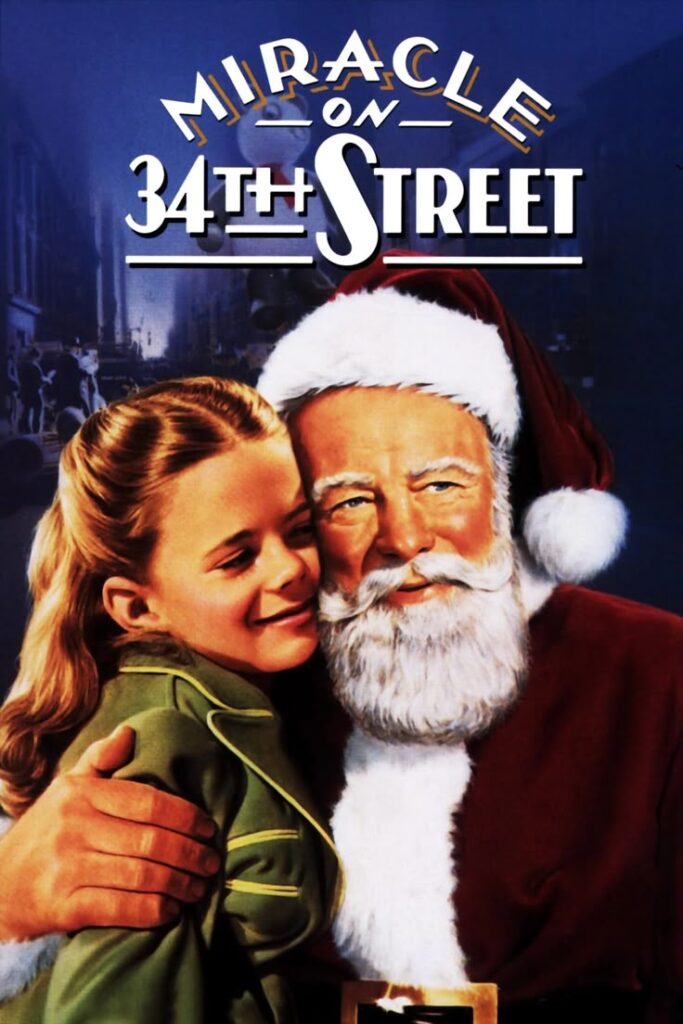
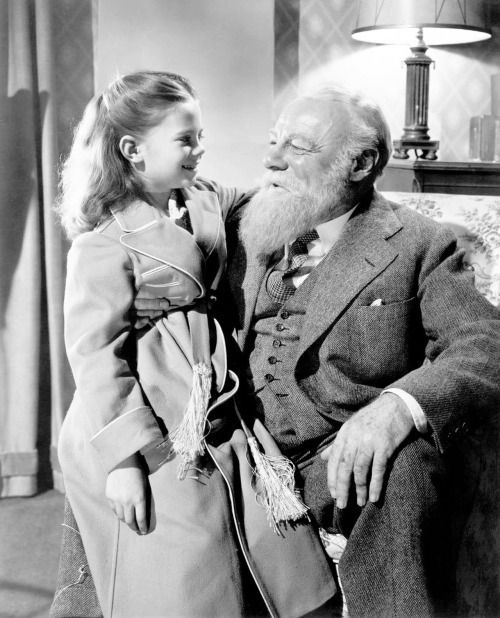
Released just a year after It’s a Wonderful Life, Miracle on 34th Street offers a different, yet equally heartwarming, exploration of faith and belief. The film centers on Kris Kringle, an elderly man hired to play Santa Claus at Macy’s department store, who claims to be the real Santa. His genuine demeanor and acts of kindness spark a legal battle to prove his sanity and, more importantly, his identity as Santa Claus. The story cleverly navigates the skepticism of adults, particularly Doris Walker, a cynical single mother, and her pragmatic daughter, Susan.
What makes Miracle on 34th Street so essential is its celebration of faith in the intangible. It challenges the notion that only what can be seen and proven is real, suggesting that belief in something magical enriches life. The film’s famous courtroom scene, where postal workers deliver bags of letters addressed to Santa Claus as evidence, beautifully illustrates the collective belief that fuels the Christmas spirit. It champions kindness, integrity, and the enduring power of imagination, making it a beloved classic that continues to inspire viewers of all ages to believe in the impossible.
Mid-Century Technicolor Spectacles: Bursting with Holiday Cheer
As cinema evolved, so did its ability to capture the vibrant hues of the holiday season. The advent of Technicolor brought a new dimension to Christmas films, allowing for lavish productions filled with dazzling costumes, elaborate sets, and musical numbers that burst with festive energy. These films often leaned into the joy and glamour of the season, creating escapist fantasies that left audiences humming carols and dreaming of snow-covered landscapes.
White Christmas (1954)

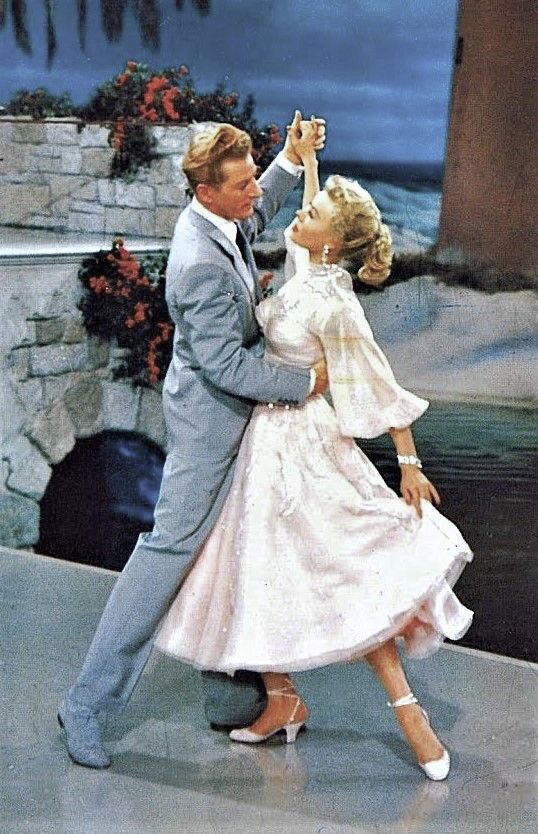
A musical extravaganza featuring Bing Crosby, Danny Kaye, Rosemary Clooney, and Vera-Ellen, White Christmas is a riot of color, song, and dance. The plot follows two successful song-and-dance men who team up with a sister act to save their former commanding officer’s failing Vermont inn by staging a benefit show. It’s a joyful celebration of camaraderie, romance, and, of course, Christmas.
The film is legendary for its titular song, “White Christmas,” which, though first performed by Crosby in Holiday Inn (1942), became synonymous with this movie. Its vibrant musical numbers, particularly the “Sisters” routine and the finale, are iconic. White Christmas embodies the spirit of generosity and community service, as the characters go to great lengths to help a friend in need. Its blend of classic Hollywood glamour, catchy tunes, and a heartwarming plot makes it an indispensable part of holiday viewing, perfectly capturing the festive energy and escapism often sought during the season.
A Christmas Carol Adaptations
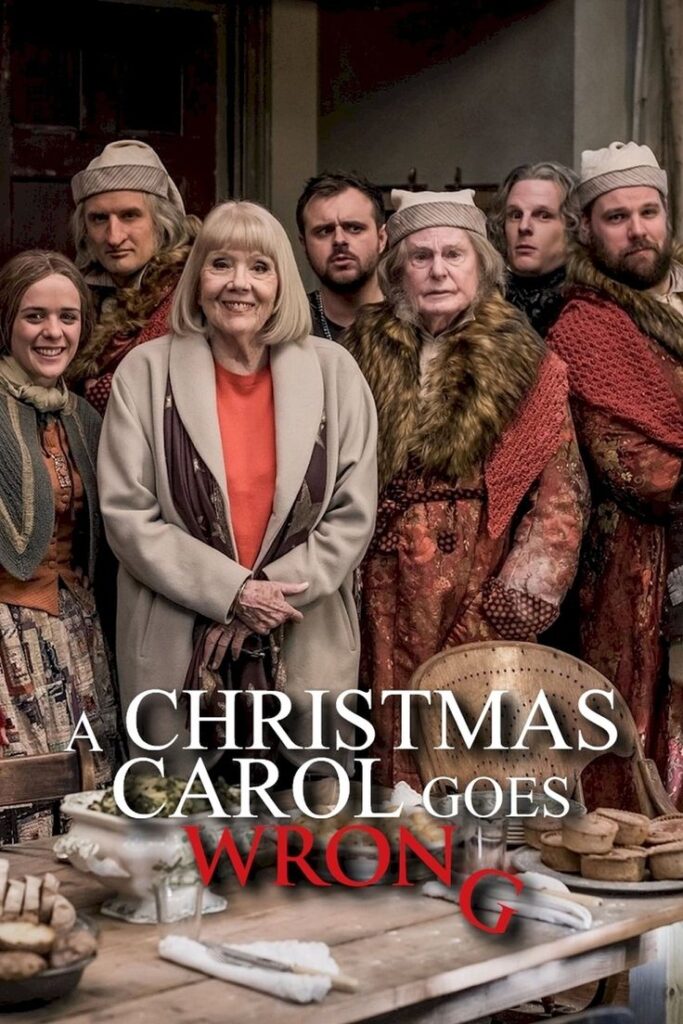
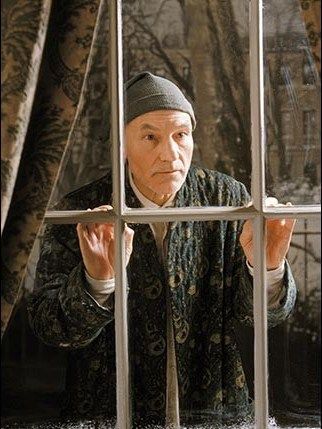
Charles Dickens’s novella A Christmas Carol (1843) is arguably the most adapted Christmas story of all time, a testament to its timeless themes of redemption and compassion. While numerous versions exist, several stand out as essential viewing.
- Alistair Sim in Scrooge (1951): This British adaptation is often cited as the definitive live-action portrayal of Ebenezer Scrooge. Sim’s performance masterfully captures Scrooge’s bitter miserliness and his subsequent joyous transformation. The film’s atmospheric black-and-white cinematography adds to its haunting beauty, making it a deeply moving and authentic representation of Dickens’s work.
- George C. Scott in A Christmas Carol (1984): A made-for-television film, Scott’s performance as Scrooge is powerful and nuanced, offering a grittier portrayal of the character’s journey. Its detailed period settings and strong supporting cast make it a highly respected and frequently rewatched version, particularly for those who appreciate a more dramatic and less overtly whimsical take on the story.
- The Muppet Christmas Carol (1992): A brilliantly creative and surprisingly faithful adaptation, this film seamlessly blends the Muppets’ signature humor with the poignant heart of Dickens’s tale. Michael Caine delivers a remarkably serious and effective performance as Scrooge, acting opposite Kermit the Frog as Bob Cratchit and Miss Piggy as Emily Cratchit. Gonzo as Charles Dickens narrating the story adds a delightful meta-layer, making it a family favorite that introduces the classic story to new generations in an accessible and entertaining way. Its songs are memorable, and its emotional resonance is unexpectedly profound, proving that even with felt and foam, the story’s message shines brightly.
These adaptations, spanning different eras and styles, ensure that the core message of A Christmas Carol—the importance of kindness, generosity, and valuing human connection over material wealth—continues to resonate, making it a cornerstone of essential Christmas viewing.
Modern Family Favorites: Contemporary Magic
The latter half of the 20th century and the turn of the new millennium brought a fresh wave of Christmas films, blending traditional holiday themes with contemporary humor, special effects, and relatable family dynamics. These movies often became instant classics, defining the holiday season for new generations and creating new traditions.
A Christmas Story (1983)
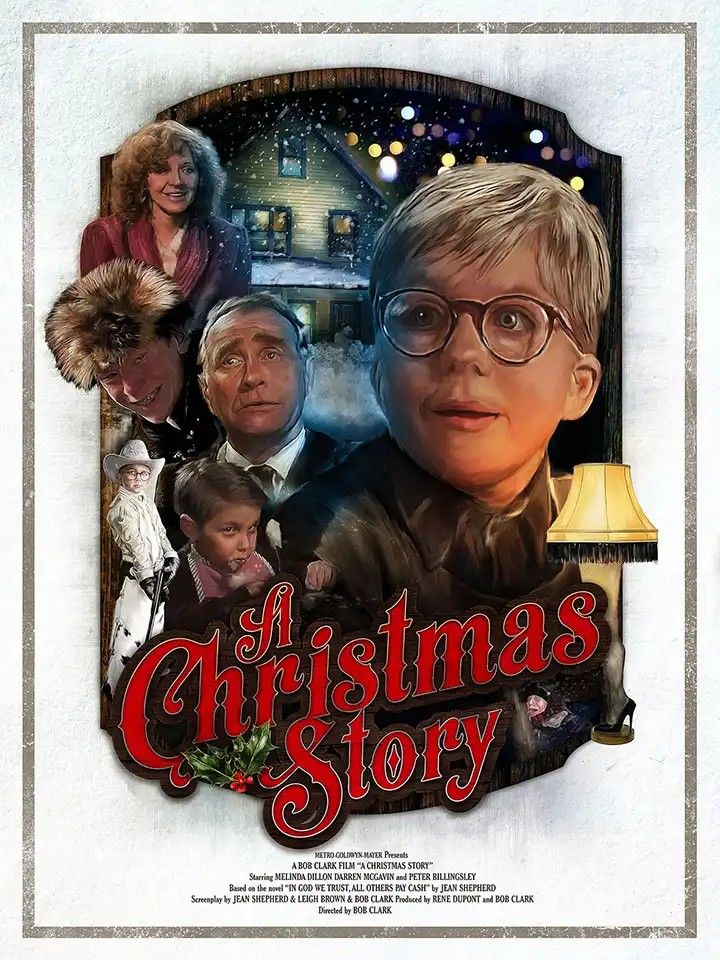
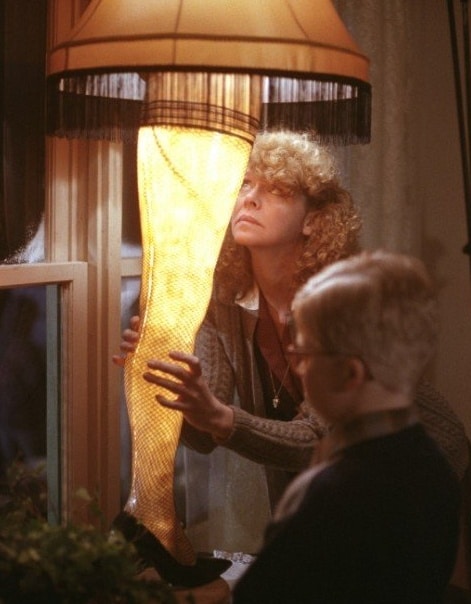
Jean Shepherd’s nostalgic tale of Ralphie Parker’s singular quest for an official Red Ryder Carbine-Action Two-Hundred-Shot Range Model Air Rifle for Christmas is a beloved classic. A Christmas Story is a masterclass in comedic storytelling, capturing the innocent desires and everyday absurdities of childhood in a 1940s Midwestern setting. Its cult status grew exponentially over the years, culminating in its iconic 24-hour marathon broadcast on television every Christmas Eve and Christmas Day.
The film is replete with unforgettable moments and quotable lines: Ralphie’s “You’ll shoot your eye out!” warning, the leg lamp, Flick’s tongue stuck to the flagpole, and the chaotic dinner at the Chinese restaurant. Its charm lies in its relatability; every viewer can see a piece of their own childhood longing or family eccentricity in the Parker family’s holiday experience. A Christmas Story perfectly encapsulates the childlike wonder, frustration, and eventual triumph of the holiday season, making it an essential, humorous, and heartfelt annual watch.
National Lampoon’s Christmas Vacation (1989)
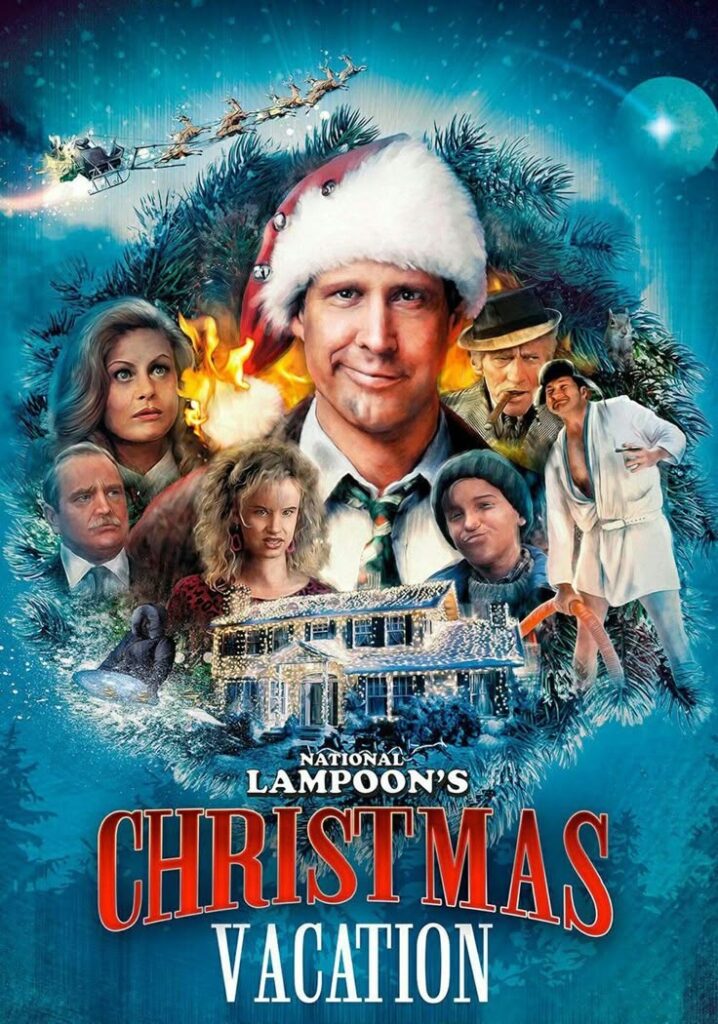
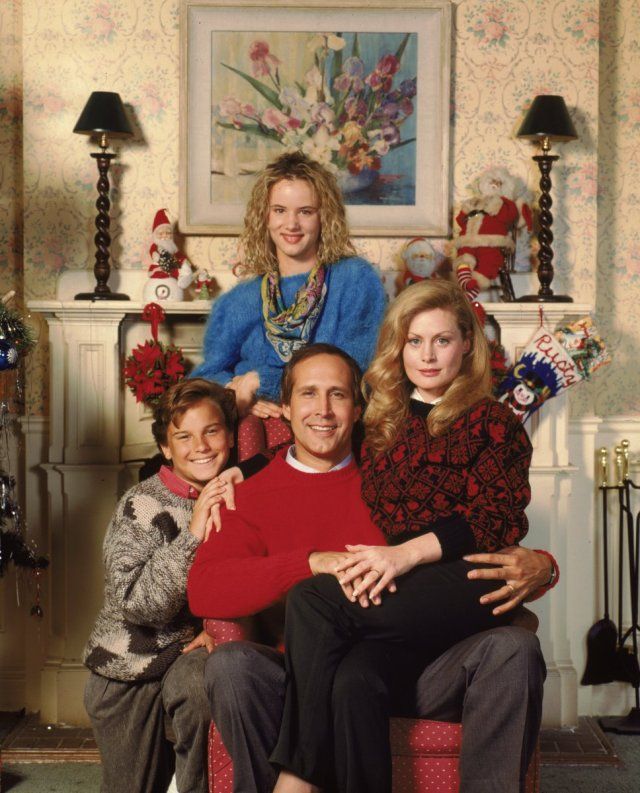
For those who find humor in holiday chaos, National Lampoon’s Christmas Vacation is an indispensable watch. Chevy Chase returns as Clark W. Griswold, determined to give his family the perfect Christmas, only for everything imaginable to go wrong. From tangled Christmas lights and a runaway sled to explosive presents and the arrival of eccentric relatives, the film is a relentless comedic assault on the idealized holiday.
The genius of Christmas Vacation lies in its ability to tap into the universal anxieties and frustrations that often accompany the festive season. Clark’s increasingly desperate attempts to maintain cheer amidst escalating disasters are both hilarious and deeply relatable. It’s a cathartic experience for anyone who has ever felt the pressure to create a perfect holiday. The film’s quotable lines, iconic scenes (like the squirrel in the tree or Aunt Bethany’s Jell-O mold), and ultimate message about family sticking together, however imperfectly, secure its place as a raucous, yet heartfelt, Christmas essential.
Home Alone (1990)


The premise of Home Alone is simple yet brilliant: 8-year-old Kevin McCallister is accidentally left behind by his family as they jet off to Paris for Christmas. What follows is a child’s fantasy come true, as Kevin defends his home from two bumbling burglars, Harry and Marv, with an elaborate series of booby traps. Directed by Chris Columbus and written by John Hughes, the film was a massive commercial success and launched Macaulay Culkin into superstardom.
Home Alone is a thrilling blend of slapstick comedy, heartfelt moments, and pure wish fulfillment. Kevin’s ingenious traps are endlessly entertaining, and his journey from feeling neglected to appreciating his family offers a sweet emotional core. Beyond the laughs, the film touches on themes of family connection, independence, and the magic of Christmas through the eyes of a child. It’s a film that resonates with anyone who has ever dreamed of having their own space or, more importantly, realized the irreplaceable value of family during the holidays. Its enduring popularity ensures it remains a must-watch for families every festive season.
Elf (2003)
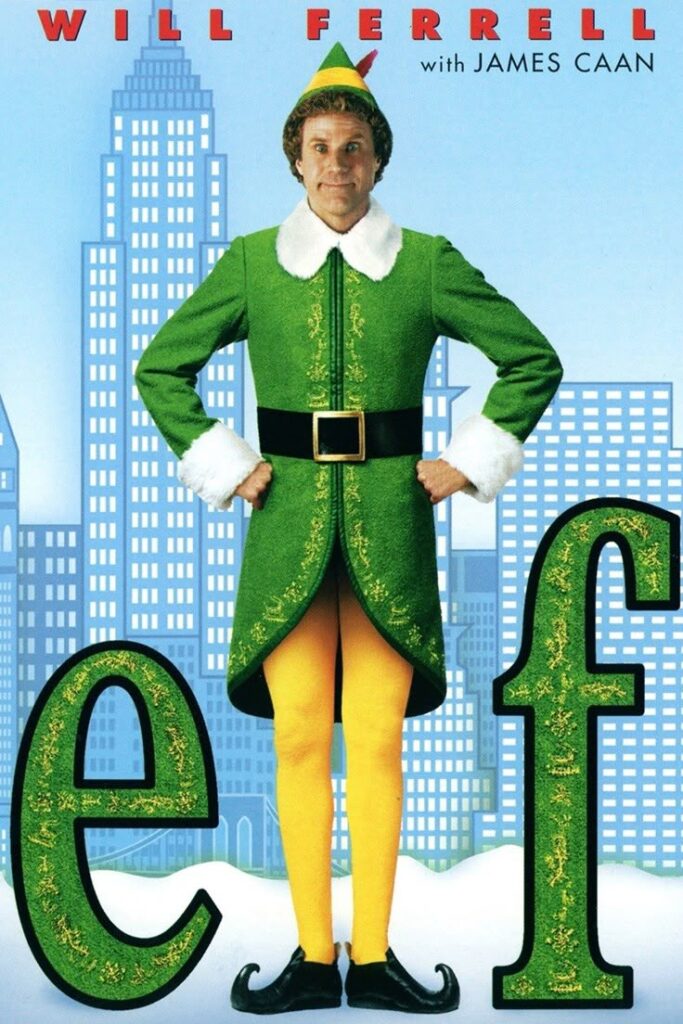

Will Ferrell’s portrayal of Buddy the Elf in Elf injected a much-needed dose of pure, unadulterated joy into the Christmas movie canon. Raised as an elf in the North Pole, Buddy discovers he’s human and travels to New York City to find his biological father, a cynical children’s book publisher. His naive enthusiasm for all things Christmas clashes hilariously with the grimy reality of city life and the jadedness of its inhabitants.
Elf is a modern masterpiece of festive comedy. Ferrell’s committed performance as Buddy, with his infectious optimism and penchant for sugary treats, is both uproarious and genuinely endearing. The film’s humor is sharp yet family-friendly, and its core message—that the best way to spread Christmas cheer is singing loud for all to hear, and that belief in Santa is essential—is delivered with warmth and sincerity. Elf quickly became a beloved classic, perfectly balancing laugh-out-loud moments with a heartwarming story about finding your place and spreading happiness, making it an essential addition to any contemporary Christmas movie marathon.
Animated Gems: Enchanting Stories for All Ages
Animated Christmas films hold a special place in our hearts, often being the first introduction many children have to the magic of holiday storytelling. They offer boundless creativity, allowing for fantastical worlds and characters that might be impossible in live-action, all while delivering powerful messages in an accessible way. These films are often cherished across generations, proving that animation is a powerful medium for holiday narratives.
Rudolph the Red-Nosed Reindeer (1964)
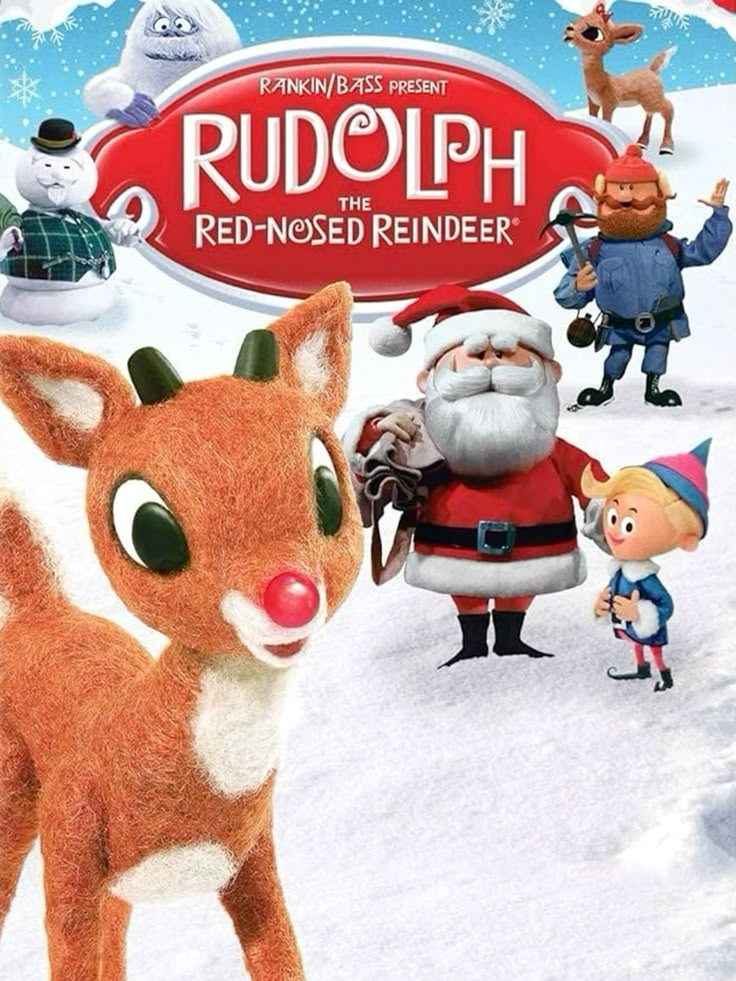

The stop-motion animation classic Rudolph the Red-Nosed Reindeer is a foundational piece of Christmas television. Narrated by Burl Ives as Sam the Snowman, the special tells the origin story of Rudolph, an outcast reindeer who, along with Hermey the elf (who wants to be a dentist) and Yukon Cornelius, embarks on an adventure that ultimately saves Christmas Eve.
Beyond its charming animation and iconic songs (“Rudolph the Red-Nosed Reindeer,” “A Holly Jolly Christmas”), the special delivers a powerful message about embracing individuality and recognizing the value in what makes us different. Rudolph’s glowing nose, once a source of shame, becomes his greatest asset, highlighting the importance of self-acceptance and celebrating uniqueness. This timeless tale of an underdog finding his purpose remains an essential annual viewing for millions, proving that classic storytelling and distinctive animation can create an enduring legacy.
How the Grinch Stole Christmas! (1966)
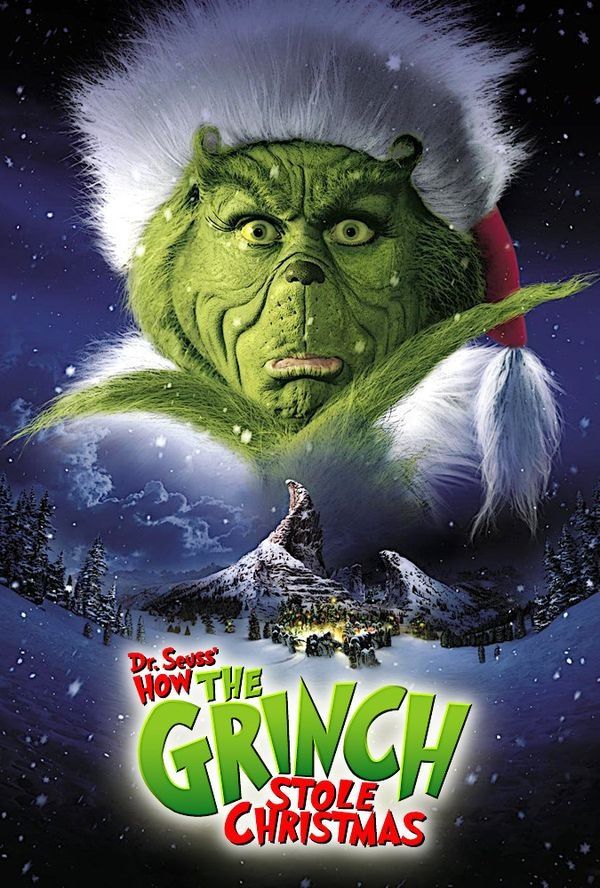

Dr. Seuss’s How the Grinch Stole Christmas! is another beloved animated holiday special, renowned for its distinctive visual style and unforgettable narration by Boris Karloff (who also voiced the Grinch). The Grinch, a cynical, cave-dwelling creature, despises Christmas and attempts to stop it from coming to the cheerful Whos of Whoville by stealing all their presents, decorations, and food.
The special’s enduring appeal lies in its profound message: Christmas “doesn’t come from a store. Maybe Christmas, perhaps, means a little bit more!” The Grinch’s change of heart upon hearing the Whos sing despite their losses emphasizes that the true spirit of Christmas lies in community, kindness, and love, not in material possessions. Its catchy songs, memorable characters, and powerful moral make it a mandatory annual viewing, reminding us of the holiday’s deeper meaning.
The Nightmare Before Christmas (1993)
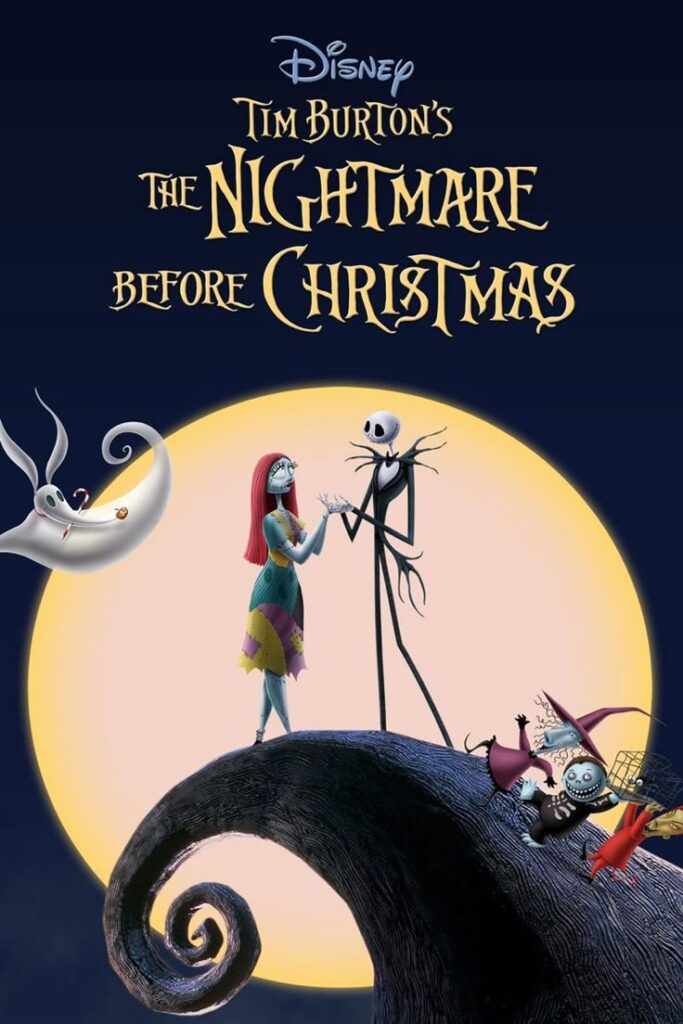
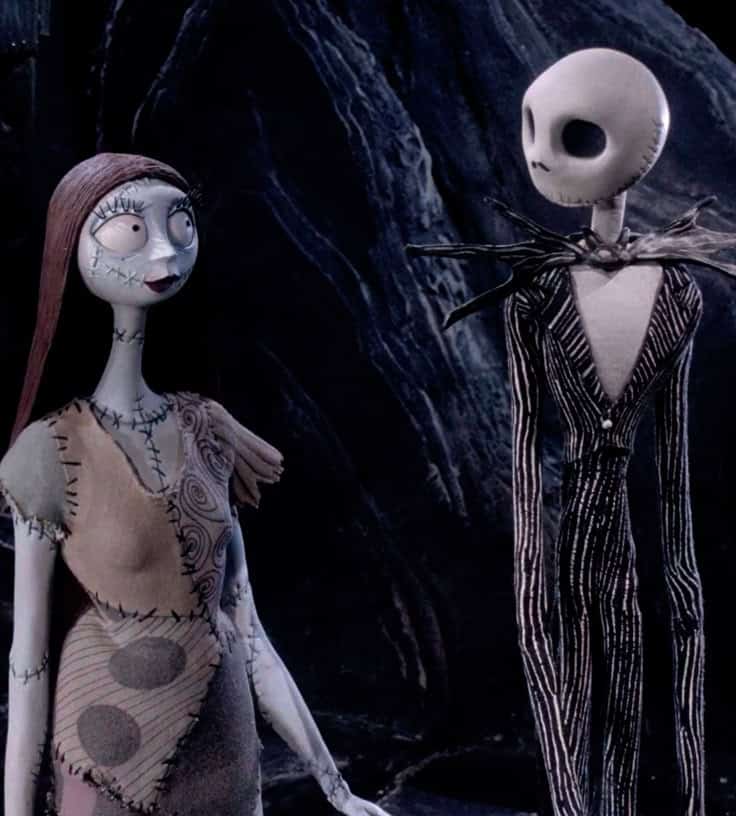
Tim Burton’s stop-motion masterpiece, The Nightmare Before Christmas, offers a uniquely gothic yet whimsical take on the holiday season. Jack Skellington, the Pumpkin King of Halloween Town, grows tired of his annual routine and stumbles upon Christmas Town, becoming enchanted by its festive traditions. He decides to take over Christmas, with hilariously disastrous results.
This film beautifully blends the aesthetics of Halloween with the spirit of Christmas, creating a visually stunning and musically brilliant experience. Its exploration of identity, purpose, and the clash of cultures is both entertaining and thought-provoking. Danny Elfman’s iconic score and songs are integral to its charm, and its innovative stop-motion animation remains breathtaking. The Nightmare Before Christmas has become a cult classic, cherished by those who appreciate its darker, more unconventional approach to holiday cheer, proving that the definition of a “Christmas movie” can be wonderfully broad.
Action & Adventure with a Christmas Backdrop
Not all essential Christmas movies conform to traditional heartwarming narratives. Some use the festive backdrop for thrilling action, sharp wit, or even unexpected emotional depth, proving that the holiday season can be the perfect setting for a wide array of cinematic genres. These films often subvert expectations while still capturing a distinct holiday vibe.
Die Hard (1988)
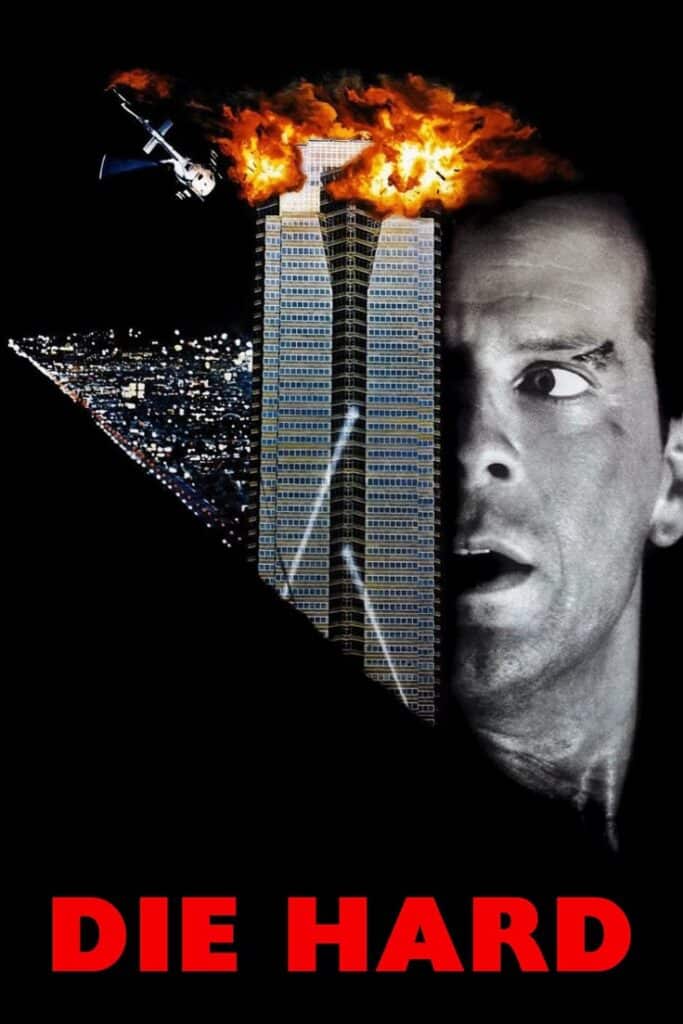
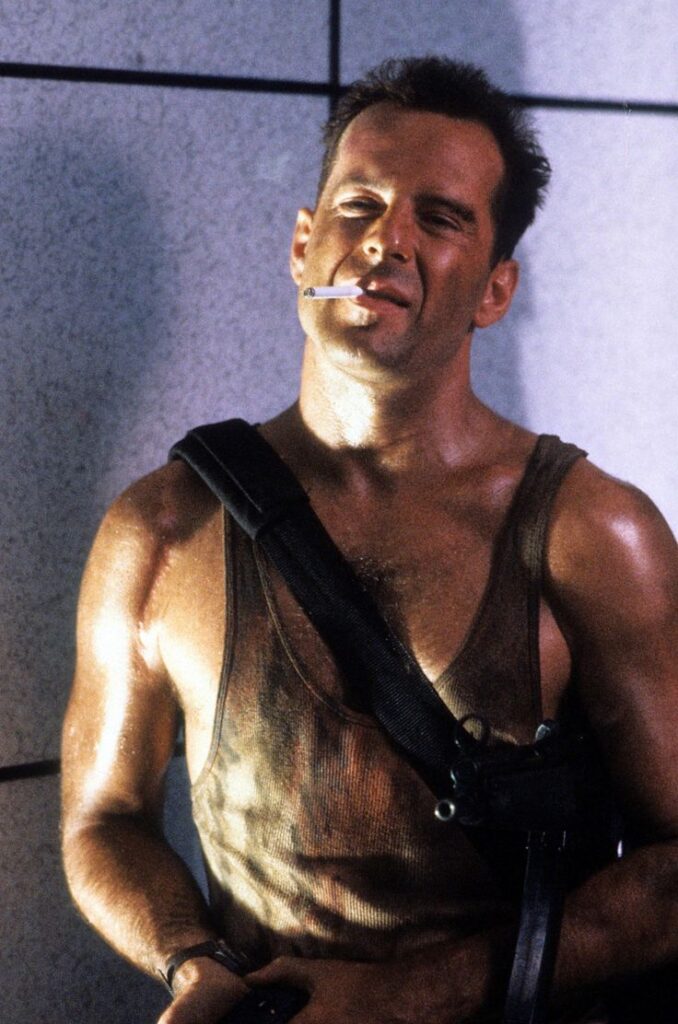
The debate rages annually: is Die Hard a Christmas movie? For many, the answer is an emphatic yes. Set on Christmas Eve, the film follows New York City detective John McClane (Bruce Willis) as he attempts to save his estranged wife and her colleagues from a group of terrorists who have taken over a Los Angeles skyscraper during a holiday party.
While it’s an action film first and foremost, Die Hard is steeped in Christmas imagery and themes. McClane’s journey is one of personal redemption and reconnection with his family, occurring amidst carols, festive decorations, and even a Santa hat. The film’s thrilling pacing, sharp dialogue, and memorable villain (Alan Rickman’s Hans Gruber) make it a cinematic masterpiece that just so happens to be set during the holidays. Its blend of high-stakes action and underlying family drama gives it a unique place in the essential Christmas movie canon, proving that holiday cheer can coexist with explosions and witty banter.
Lethal Weapon (1987)
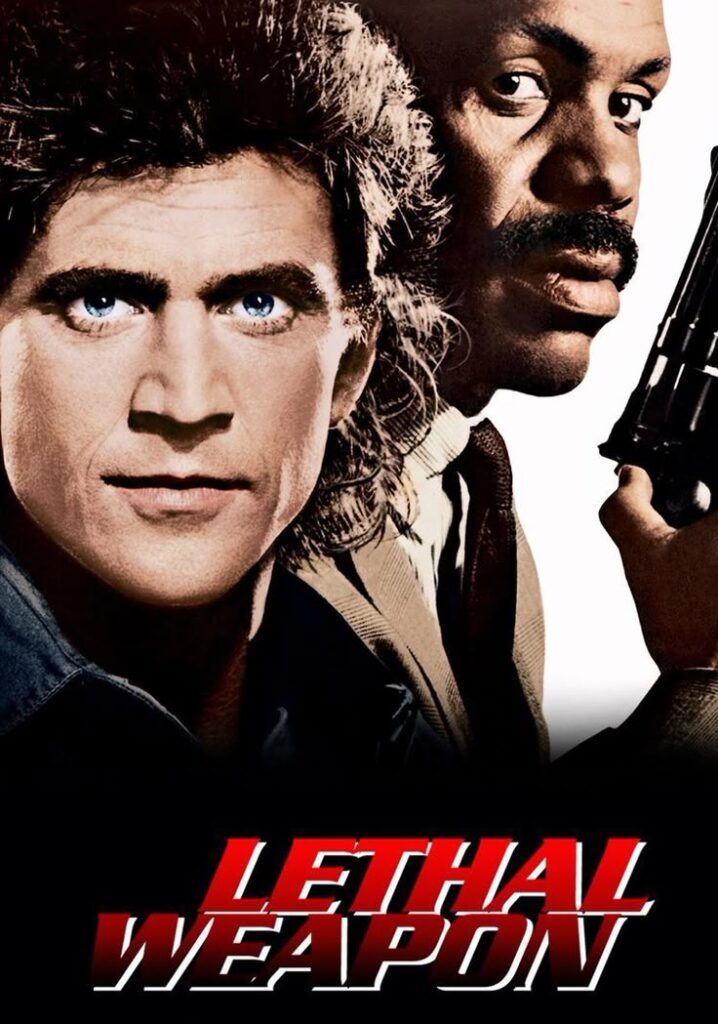
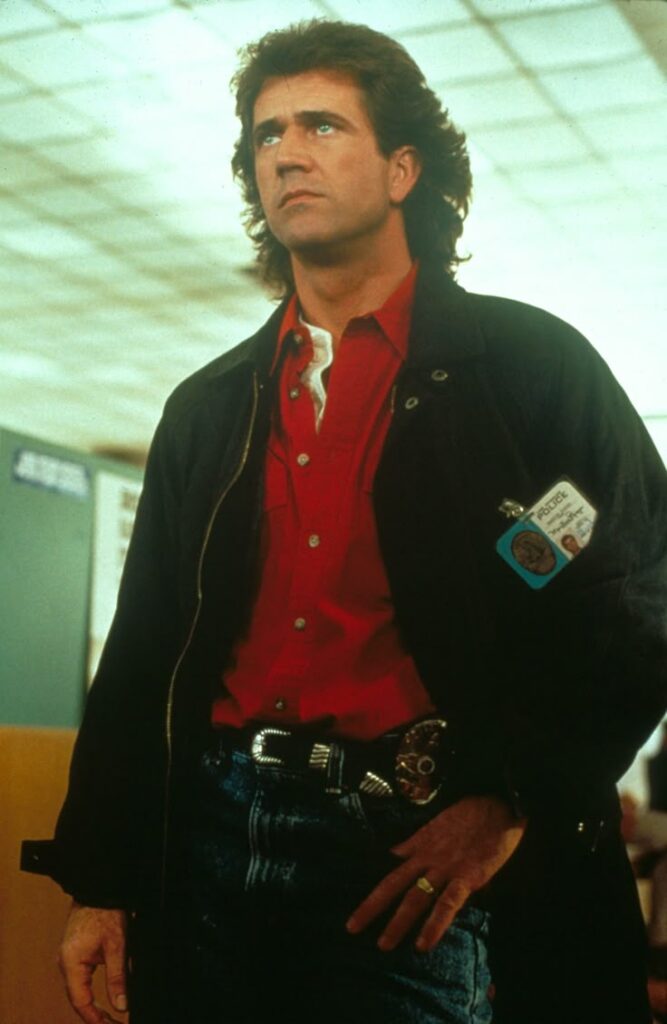
Another action classic often overlooked in Christmas movie discussions is Lethal Weapon. The film opens and concludes during the Christmas season, with its iconic jazz rendition of “Jingle Bell Rock” playing over the opening credits. It introduces audiences to the mismatched detective duo of Martin Riggs (Mel Gibson) and Roger Murtaugh (Danny Glover) as they navigate a dangerous drug case.
While its primary focus is on action and character development, the Christmas setting provides a poignant backdrop for Murtaugh’s desire for a quiet family holiday and Riggs’s struggles with grief and loneliness, which are amplified during the festive season. The film uses the holiday as a contrast to the gritty police work, emphasizing themes of family, loss, and finding companionship. Lethal Weapon demonstrates how Christmas can be more than just a setting; it can be a significant emotional context that deepens the narrative, making it an essential, albeit unconventional, holiday watch.
Rom-Coms & Modern Slices of Life
Christmas provides an ideal backdrop for romantic comedies and ensemble pieces, where the magic of the season often leads to unexpected connections, rekindled loves, and heartwarming resolutions. These films leverage the inherent optimism and sentimentality of the holidays to deliver feel-good stories about human connection.
Love Actually (2003)
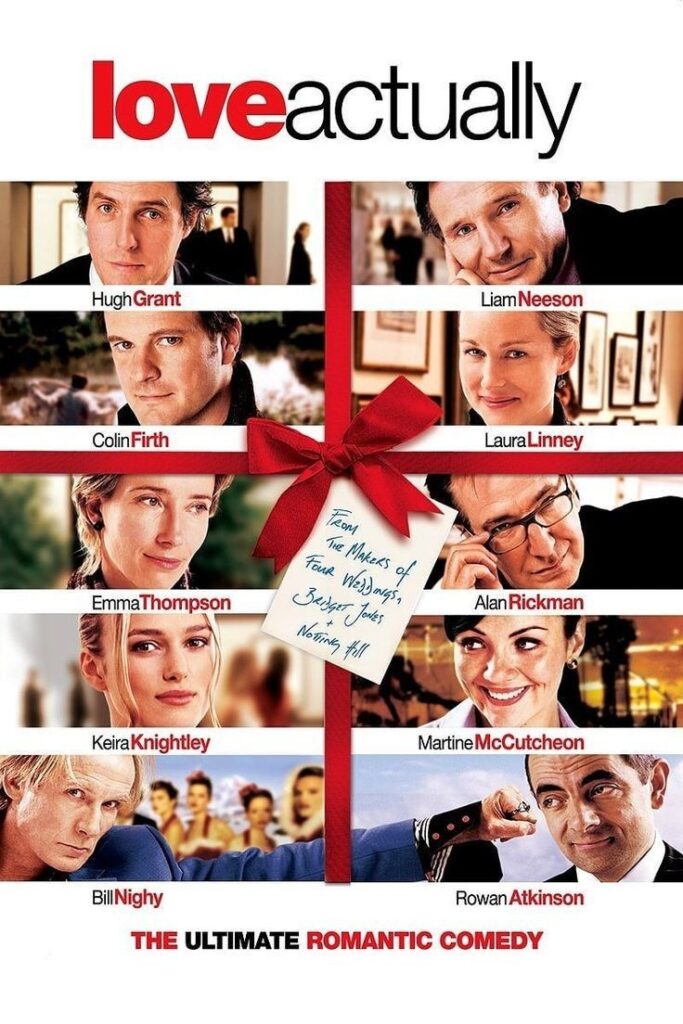
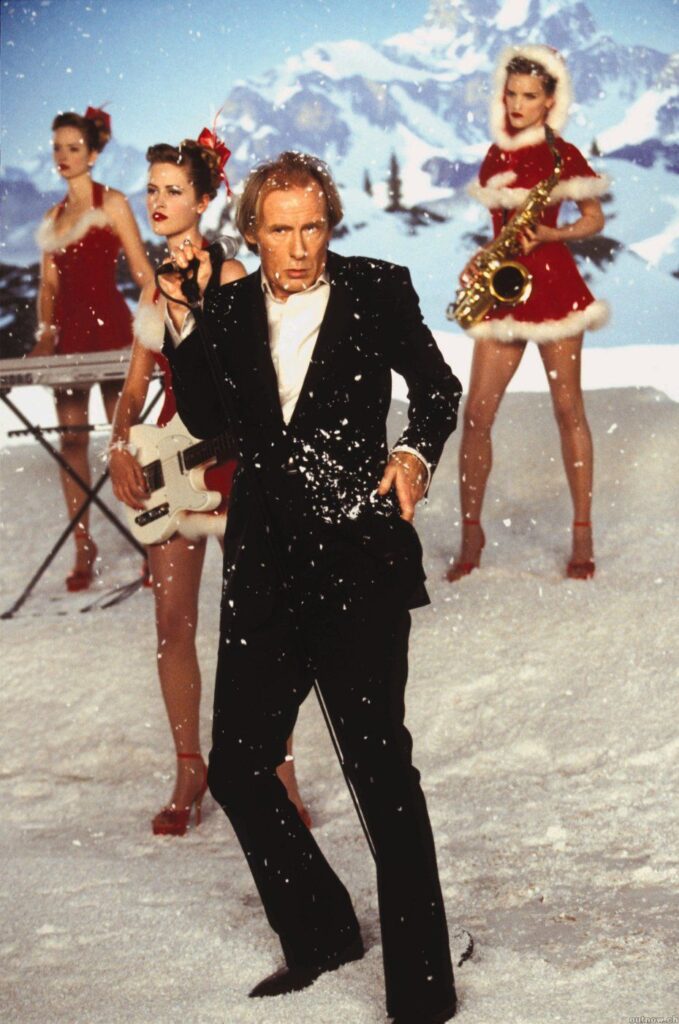
Richard Curtis’s Love Actually has become a modern Christmas rom-com classic, weaving together nine separate but intertwining stories of love during the frantic weeks leading up to Christmas in London. From the Prime Minister falling for his junior staffer to a bereaved widower navigating fatherhood, the film explores various facets of love—romantic, familial, platonic, and unrequited.
Its charm lies in its ambitious ensemble cast, its blend of humor and genuine emotion, and its undeniably festive atmosphere. The iconic cue cards scene, the airport welcome and farewell montages, and the simple yet profound message that “love actually is all around” make it incredibly endearing. While some aspects have aged, its overall warmth and celebration of connection during the holidays resonate deeply, making it an essential, if sometimes bittersweet, Christmas watch for those who appreciate a multifaceted romantic narrative.
The Holiday (2006)
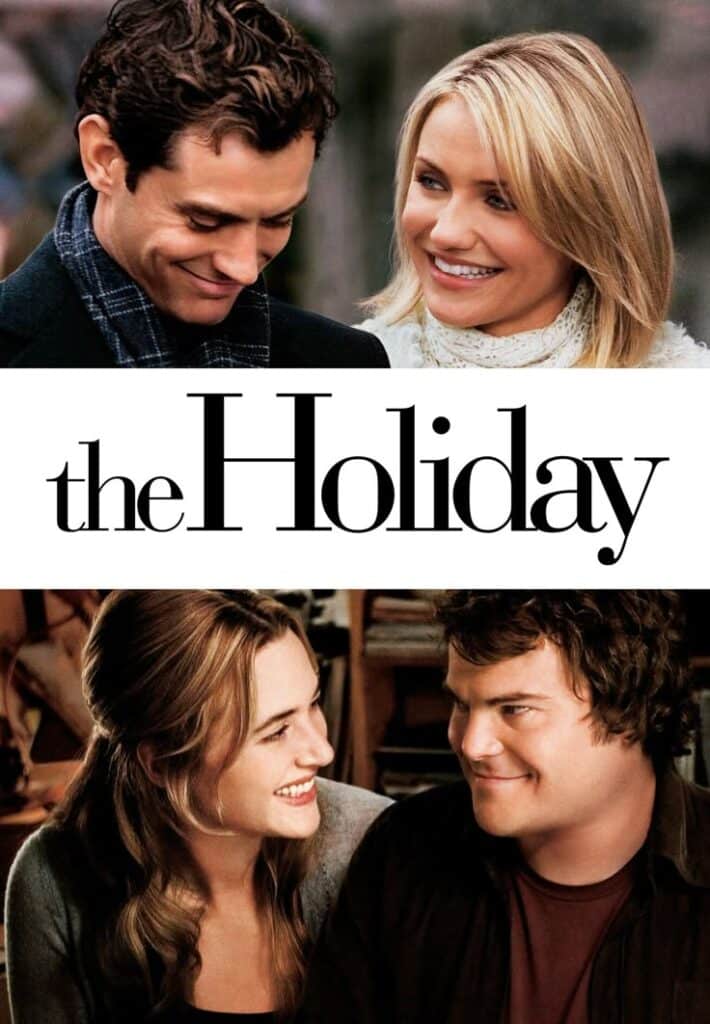

The Holiday, starring Cameron Diaz, Kate Winslet, Jude Law, and Jack Black, offers a charming romantic comedy premise: two women, one from Los Angeles and one from England, swap homes for the Christmas holidays after devastating breakups. This change of scenery leads them both to unexpected romance and self-discovery.
The film perfectly captures the escapism and fresh starts often associated with the holiday season. The picturesque English countryside, contrasted with the glamorous Hollywood Hills, provides a delightful backdrop for two distinct love stories. Its gentle humor, strong performances, and underlying message about finding happiness and believing in love, even after heartbreak, make it a comforting and enjoyable Christmas film. The Holiday is a feel-good movie that taps into the universal desire for connection and new beginnings during a magical time of year.
Embracing the True Spirit: Beyond the Screen


The essential Christmas movies discussed here represent a diverse tapestry of storytelling, yet they share a common thread: they remind us of what truly matters during the holiday season. Whether through laughter, tears, or thrilling adventures, they reinforce themes of love, generosity, family, belief, and redemption. These films aren’t just about Santa Claus or presents; they are about the human condition, amplified by the unique atmosphere of Christmas.
From the timeless black and white classics that taught us the power of self-worth and faith, to the vibrant Technicolor musicals that brought joy and spectacle, to the modern family favorites that captured relatable chaos and heartwarming innocence, and even the action-packed blockbusters that unexpectedly found their place in the holiday canon—each film offers something distinct. They serve as annual markers of time, evoking nostalgia for holidays past and building excitement for those to come.
Ultimately, the power of Christmas movies lies in their ability to transport us, to evoke cherished memories, and to reinforce the values that make the holiday season so special. They are a communal experience, a shared ritual that brings comfort and cheer. So, as the festive lights twinkle and the scent of the season fills the air, gather your loved ones, select your favorite from this curated list (or perhaps discover a new one), and let the magic of these essential Christmas movies enrich your holiday spirit. May your viewing be merry and bright, and may the stories unfold a deeper appreciation for the boundless joy and enduring hope that define this most wonderful time of the year. What stories will you revisit this holiday season to rekindle your Christmas spirit?
- 22shares
- Facebook0
- Pinterest22
- Twitter0



